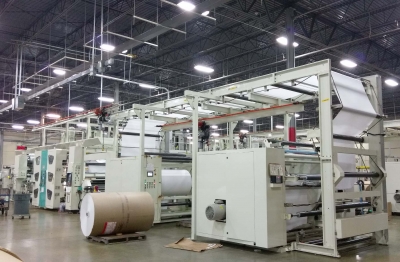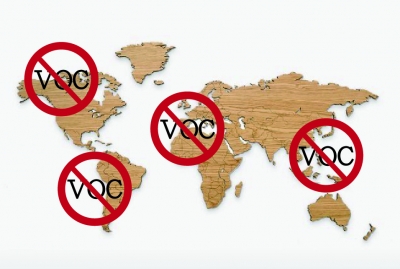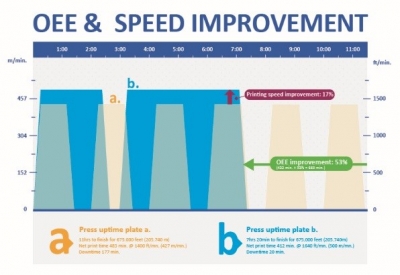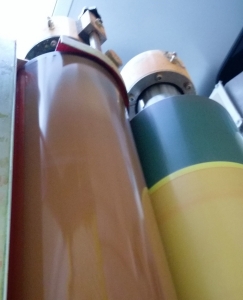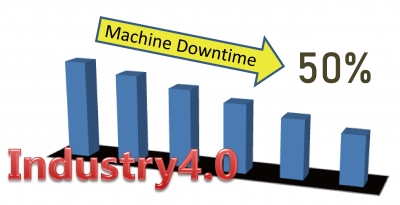ケーススタディ
| タイトル | 画像 |
|---|---|
The industry application for printed flexible electronic spans across many sectors. Sectors including automotive, logistics, wearable devices, healthcare, commercial display, consumer electronics, gaming, education, and packaging. These sectors have adopted the printing methodologies to develop HF & UHF RFID tags, functional substrates, flexible OLED lighting, flexible HMI panels and flexible sensors.
This week KYMC invited Asahi Kasei to share about the factors to consider when choosing a flexographic printing plate. To draw a case study demonstrating that choosing the right plate could impact the production efficiencies in terms of printing speed and machine downtime significantly: as much as 53% in overall equipment efficiency(OEE).
























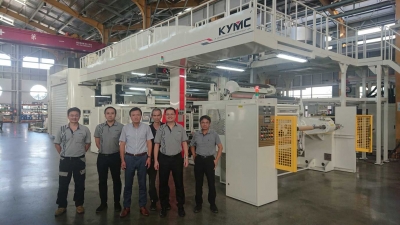
.jpg)
